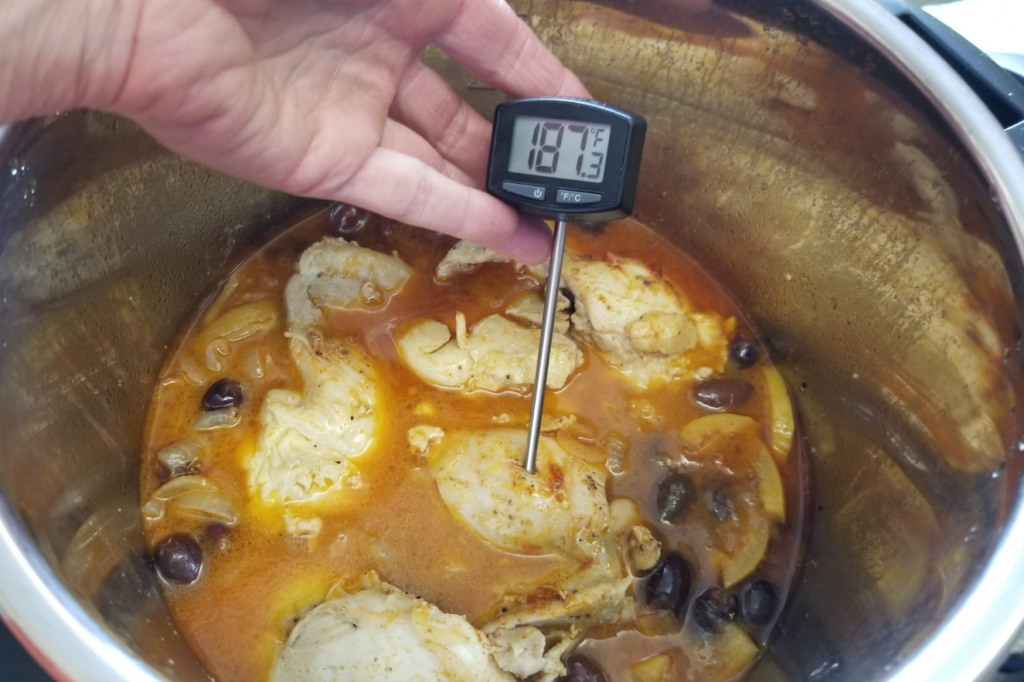
Cook with confidence using your electric pressure cooker by avoiding the
following common mistakes:
- Not adding enough liquid. One-half cup liquid is the minimum amount needed. Without liquid, the cooker cannot make steam and without steam, cooking will be uneven. It also increases the risk of a burn error or the cooker turning off before cooking is complete.
- Forgetting to close the pressure valve. If it seems like the unit is taking a long time to reach the required pressure/cooking, check to be sure the pressure valve is closed or turned to the ‘Sealing’ position.
- Forgetting to put the sealing ring back into the lid. If you notice a lot of steam escaping around the lid and the unit will not come to pressure, turn off the unit and carefully remove the lid to see if the sealing ring is in place.
- Not calculating the time it takes the unit to heat up before pressure cooking starts (10-15 minutes), and the time it takes to release pressure (3-45 minutes). Some recipes help you calculate these times, others do not. Write notes about times to heat up and release pressure on your recipes the first time you try them.
- Not adding additional time for cooking frozen foods. Add up to 50% more cooking time when starting with frozen foods.
- Not using the correct/recommended pressure release method.
- Releasing pressure under a kitchen cabinet or near wood, painted or wallpapered surfaces. Always place the unit in an appropriate location with adequate clearance above or use a steam diverter.
- Not using a food thermometer to check the finished temperature of meats, poultry, and fish. The only way to know if food has reached a safe internal temperature is to use a food thermometer.
- Trying to pressure can in an electric pressure cooker. This is not recommended. Some pressure cookers can achieve up to 15 pounds pressure, however the pressure cannot be maintained for the time required for safe canning.
Use the Correct Pressure Release Method
NR = Natural Release
With this pressure release method, you do not open the pressure valve and instead allow the unit to depressurize slowly on its own. This usually takes 10-45 minutes depending on the amount and type of food in the unit.
- Natural release is recommended for meats, poultry, beans, soups, stews, and rice.
QR = Quick Release
When using this pressure release method, you turn the pressure valve to the open/venting position, quickly releasing steam and pressure. To avoid burns always use a hot pad when releasing pressure. Quick release usually takes 3-5 minutes.
- Quick release is recommended for delicate foods that could easily overcook such as eggs, vegetables, and fish.


